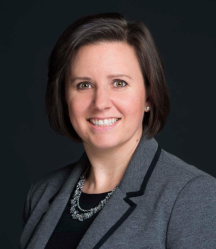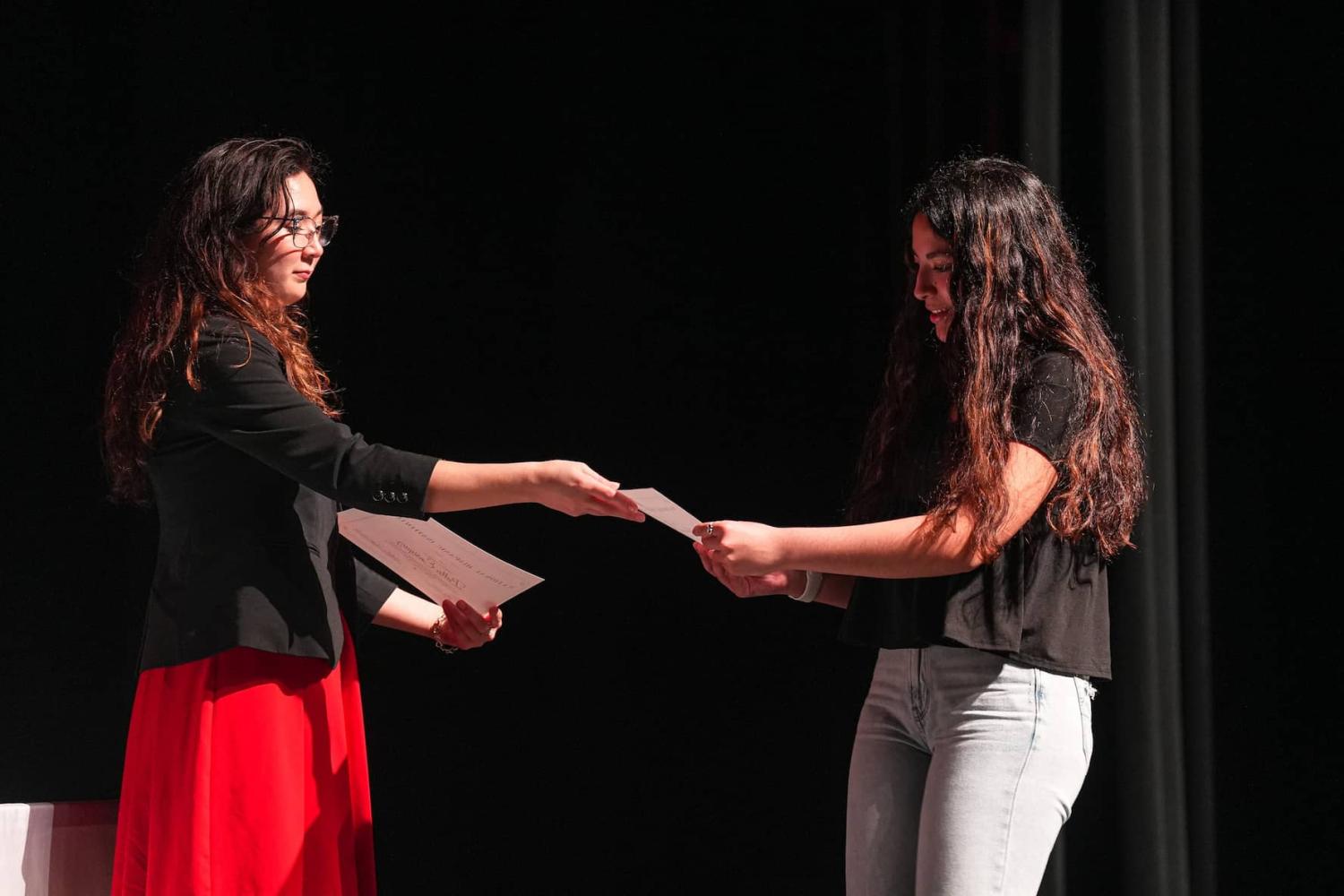Public education plays a critical role in preparing youth to participate in our democracy. Civics education experts have identified 10 “proven practices” that K-12 schools should use to provide effective civics learning (see Table 1). These practices are notable for the range of activities they encompass, including formal instruction in civics-related topics like history and government, service-learning opportunities, and extracurricular activities.
Given their importance to students’ civic development, prior research has investigated just how prevalent these practices are in U.S. schools, and for whom. Inequities in students’ access to coursework in various civics-related topics (proven practice 1) has perhaps gotten the most focus—partly because of data availability. Other practices have gotten some attention too. For example, in 2018 Brookings researchers conducted an inventory of state guidance covering coursework (proven practice 1), discussions of current events (proven practice 2), service learning (proven practice 3), simulations of democratic processes (proven practice 6), and news media literary (proven practice 7).
In this post for Civic Learning Week, we build on prior efforts to examine the prevalence of the 10 proven practices. We focus here on extracurricular activities (proven practice 4)—a practice that has gotten some but limited prior attention. Extracurricular activities potentially encompass both formal and informal activities, may or may not be student-led, and might take place within or outside of the school day. We focus on activities that have an explicit emphasis on civics such as debate teams, student government, and Model United Nations (UN). Not only can these activities offer students a chance to further build civic knowledge, they can also encourage teamwork and help students learn to overcome challenges.
To examine the prevalence of these extracurricular activities, we used data from a survey administered via RAND’s American School Leader Panel. We administered the survey to a nationally representative sample of roughly 650 principals who serve in public high schools. In this survey, we asked principals what specific civics-focused extracurricular activities their schools offered as of spring 2022. We interpreted principals’ responses as speaking on behalf of their schools. To our knowledge, this is the most comprehensive attempt to date to construct nationally representative estimates of students’ access to proven practice 4.
Here’s what we found:
As of spring 2022, most U.S. high schools (eight in 10) offered students the opportunity to participate in student government. However, other civics-focused extracurricular offerings were less common.
According to principals’ reports, student government is the most commonly offered civics-focused extracurricular activity in U.S. high schools (see Figure 1). In spring 2022, most high school principals (80%) said their school offered students the opportunity to participate in student government.
Principals said other civics-focused extracurricular offerings beyond student government were rarer (sometimes much rarer). Most U.S. high schools (62%) offered out-of-school time clubs with a civics focus, although we do not know what these clubs entailed. Meanwhile, about half offered civics-related class field trips (55%) or a student-run news outlet (48%). But only small shares of U.S. high schools offered their students the opportunity to participate in activities like debate teams (37%), mock trials (26%), mock elections (20%), and Model UN (19%).
Notably, many of these extracurricular activities are aligned with other “proven practices” for civic learning. For example, mock trials, mock elections, and Model UN are essentially simulations of democratic processes and procedures (proven practice 6). These activities that emphasize practicing democratic processes were notably the rarest offerings among all the types of extracurricular activities we asked about on our survey. Meanwhile, a minority of U.S. high schools (43%) offered students the opportunity to participate directly in school governance (proven practice 5).
As of spring 2022, high-poverty high schools were less likely than low-poverty high schools to offer a range of civics-focused extracurricular activities.
In a concerning pattern, high-poverty schools (those in which half or more of students were eligible for free or reduced-price lunch) were less likely than their low-poverty counterparts to offer a range of civics-focused extracurricular activities (see Figure 2). For example, 85% of low-poverty high schools offered student government, compared with 73% of high-poverty high schools. The offerings gap between low- and high-poverty schools was largest for model UN (20 percentage points), followed by debate teams (18 percentage points) and student-run news outlets (17 percentage points). And although the difference in offerings between low- and high-poverty schools was not always statistically significant, we observed the same pattern for all the civics-focused extracurricular activities we examined.
We also observed concerning gaps in students’ access to civics-focused extracurricular activities by school locale. In general, high schools located in rural areas were less likely than their suburban and urban counterparts to offer various civics-focused activities. For example, 25% of rural high schools offered debate teams, compared with 44% of urban high schools and 49% of suburban high schools. The differences we observed by school locale may be in part because rural schools tend to have smaller enrollment sizes and small high schools (those that enroll fewer than 1,000 students) were typically less likely than larger high schools to offer various activities. Small high schools may have more difficulty recruiting enough staff and students to participate that it makes financial sense to run a program. Perhaps surprisingly, we did not observe significant differences in civic offerings based on whether schools served mostly white students or mostly students of color.
In sum, not only do many students lack access to a diversity of civics-related extracurricular activities, access is also highly unequal.
Participation in different types of civics-focused extracurricular activities is generally agreed to be important for students’ civic development and subsequent civic engagement. But students cannot participate in civics-focused extracurricular activities if they do not have access to them. It is possible that some students who do not have access to civics-focused extracurricular activities at their local school could access them in other ways such as at neighboring schools, online, or via third-party providers. But local schools are key providers, especially since not all families and students have the time or resources to seek out these activities elsewhere. Moreover, the concentration of civics-focused extracurricular activities in certain school types raises concerns about the extent to which these disparities in access contribute to longstanding civic engagement gaps.
Schools can and should do more to support students’ civic development, and increasing students’ access to civics-focused extracurricular activities might just be one place to start. Part of the problem might be that many students simply do not see value in civics education, perhaps including participating in civics-focused extracurricular activities. But it is also possible that students do not see the value in civics education and activities because many schools, especially high-poverty schools, do not have the time, funds, or supports necessary to prioritize this education.
The data reported in this post are drawn from our recent report Understanding the Impact of Department of Defense Youth Programs on Bridging the Civilian-Military Divide. We present additional data in this report that suggests civics instruction appears to be a luxury of low-poverty schools, relative to high-poverty schools. You can read the full report and view the full set of survey results here.
The Brookings Institution is committed to quality, independence, and impact.
We are supported by a diverse array of funders. In line with our values and policies, each Brookings publication represents the sole views of its author(s).






